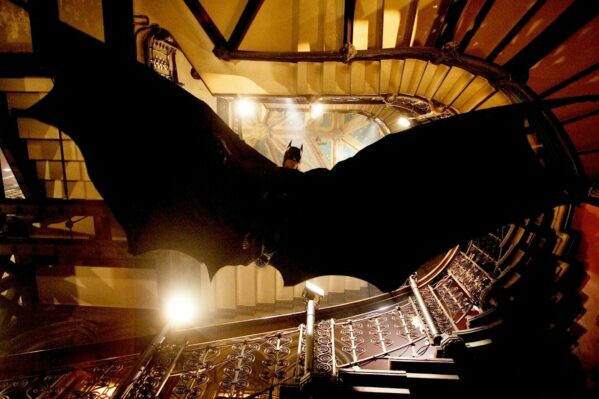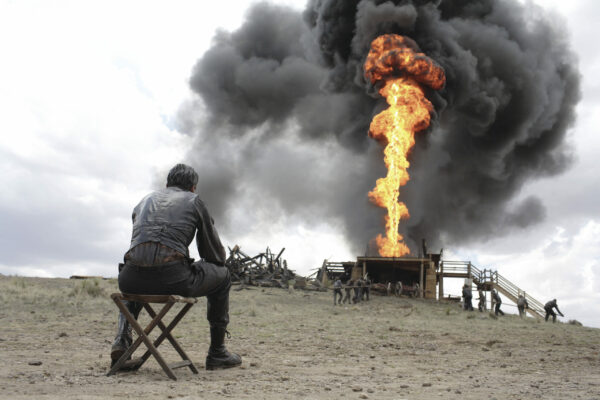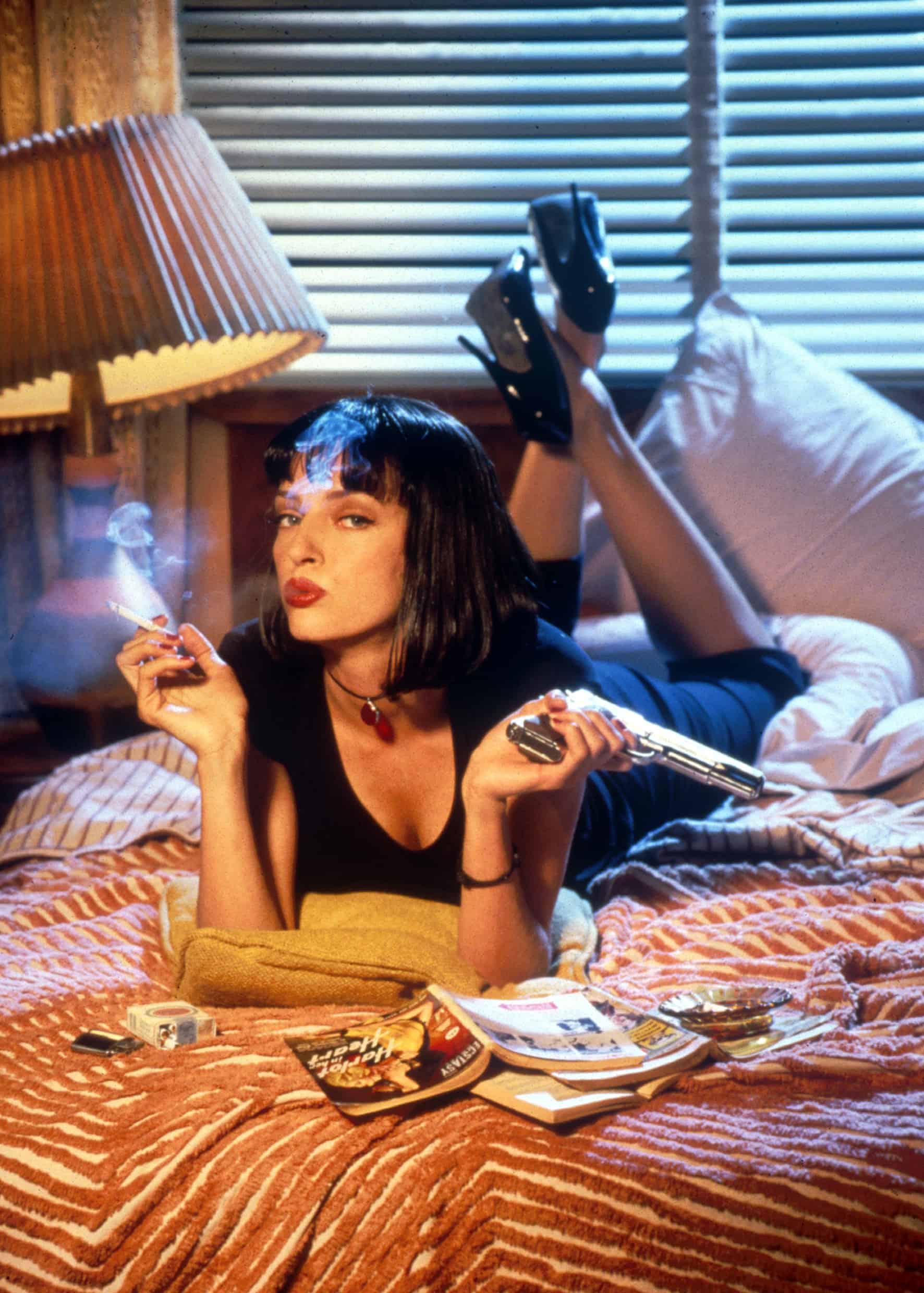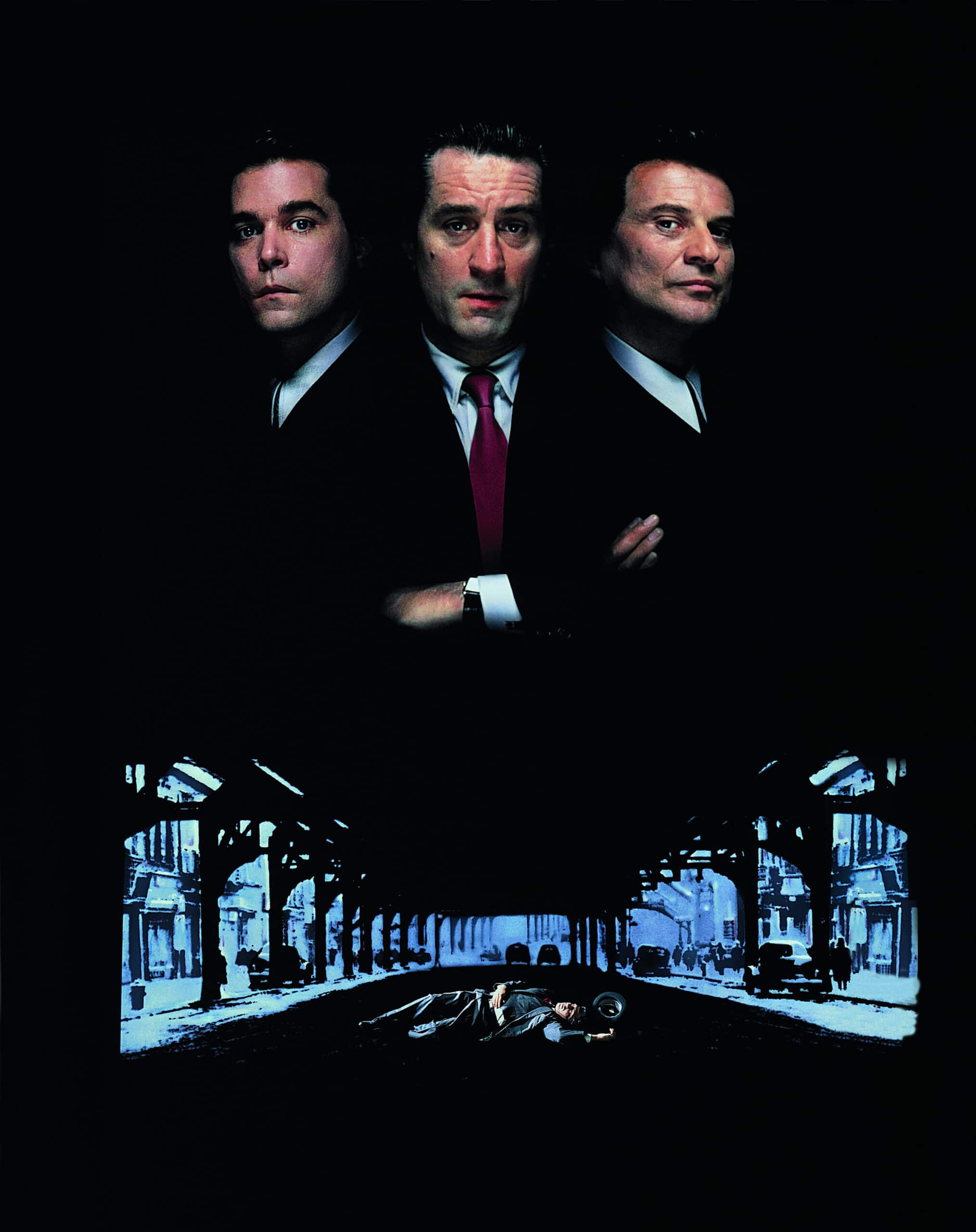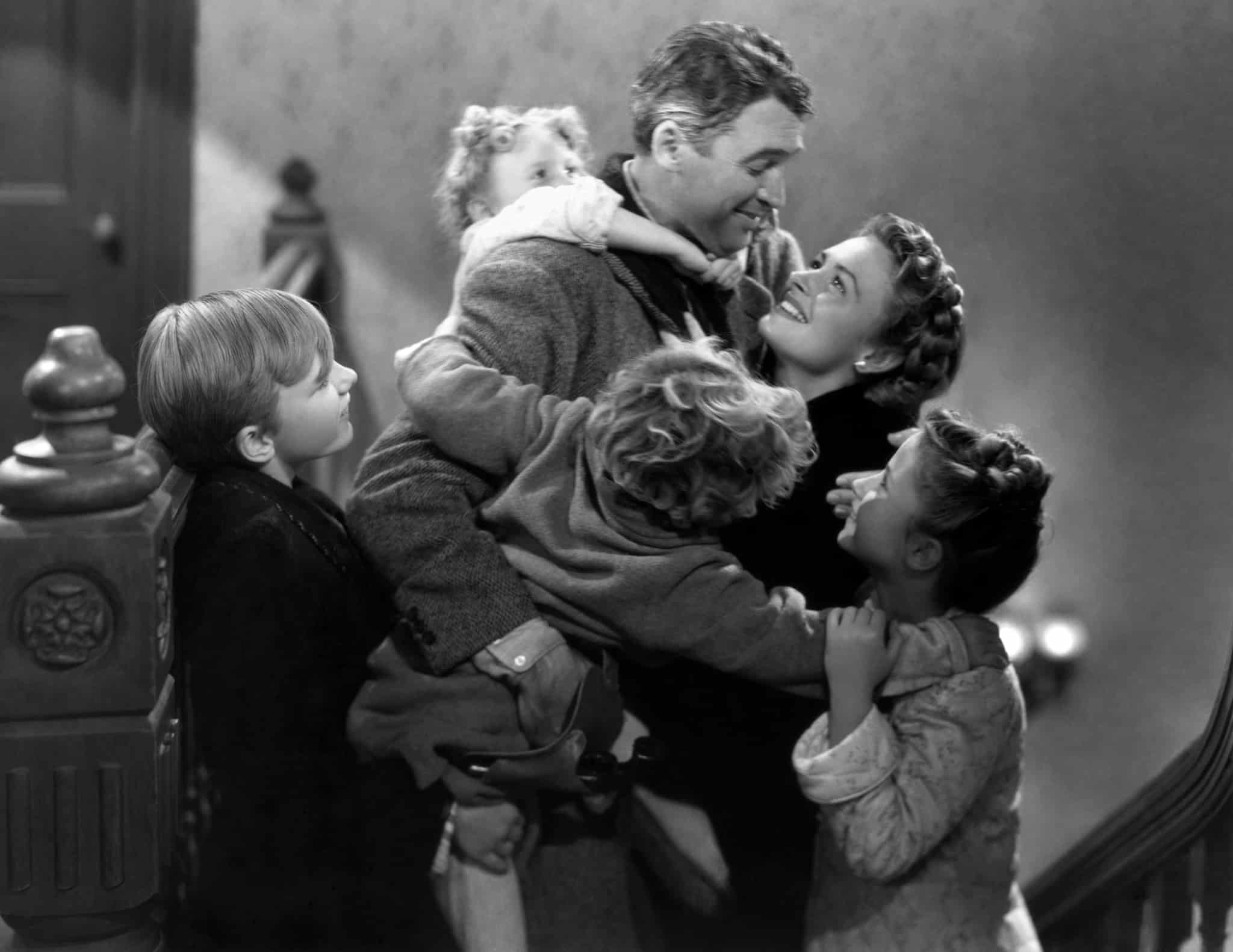
We all know the iconic chestburster scene, but the brilliance doesn’t stop there in Ridley Scott’s Alien. Nick Bartlett is back with another Scene and Not Heard to explore a lesser-heralded moment in the science fiction/horror classic: it’s Captain Dallas and the Xenomorph.
When you think of Ridley Scott’s seminal Alien (1979), chances are there is one scene in particular that sticks in the memory. Like Janet Leigh’s iconic shower-scene death in Psycho (1960), John Hurt’s spectacularly violent demise has gone far beyond just a scene in a film, and is now the defining moment of an entire franchise.
However shocking and iconic the chestburster scene is, this isn’t the moment that affected me the most the when I first saw the film. The more chilling scene comes later in the film. Following the deaths of crewmates Kane (Hurt) and Brett (Harry Dean Stanton) at the hands of the killer Xenomorph, the remaining Nostromo crew members establish that the alien is using the air ducts to move around the ship, and Captain Dallas (Tom Skerritt) goes into the vents, armed with a flamethrower, with a plan: to drive the beast into the airlock where it can be blown out into space.
Before he bravely ventures into the depths, there’s a final moment of melancholic calm as Dallas liaises with Mother, the ship’s onboard computer. After trying a few questions to gauge how to handle the creature and receiving unhelpful responses, he types, “what are my chances?” in frustration. Mother replies, “Does not compute”. Skerritt underplays this scene brilliantly, just gazing at the monitor in resignation. He knows he’s doomed, but he’s going in anyway.
As he makes his way through the tunnels, the first thing you notice is the oppressive darkness that floods the frame. The only sources of light are Dallas’ torch and flamethrower, and that’s all that is needed. Scott uses the darkness in a similar way to John Carpenter in Halloween (1978), suggesting the alien could be lurking in every shadow, around every corner. The limited light also adds to the claustrophobic feel of the scene, combined with Dallas’ labored breathing as he struggles through the vents.
The fantastic scene in question. Captain Dallas goes into the vents to face the alien.
As an increasingly panicky Lambert (Veronica Cartwright) guides Dallas with her tracker – a constantly beeping device that helps ramp up the suspense immeasurably – Dallas spots fluid on the floor, the telltale warning sign of the alien, and starts seeing signs everywhere: a moving shadow here, dripping moisture on the pipes there. Scott expertly puts you in the headspace of someone who is internally panicking and, as Dallas quietly comes apart, it’s impossible not to put yourself in his shoes.
I can’t overstate how great Tom Skerritt is in this sequence. For the first half of the film he’s a level-headed, charismatic leader – indeed, up to this point he seems to be the protagonist; receiving top billing, and essentially driving the plot. When he begins to lose his cool here, it’s not in an over the top, hysterical way but low-key and largely internalized – entirely true to his character. Little moments, like the way he mutters to himself and hesitates, and his final understated plea, “I want to get out of here,” are entirely believable and help make this scene so unnerving – he’s a human being, and he’s in over his head. He makes the noble decision to go into the vents himself, seemingly resigned to his fate, but he’s still palpably scared, and wants to live.
The atmosphere is helped immeasurably by Jerry Goldsmiths’s quietly brilliant score. It’s not often mentioned in discussions of the great horror scores, but it’s subtlety and eerie feel combines with the fantastic sound design to create a terrifyingly tense sequence. The sound of the airlock, the constant beep of Lambert’s motion detector – as well as her panicked dialogue – all contribute to the building intensity of the scene and, in the final moments, they combine with the score and the alien’s chilling scream in a shocking crescendo as the alien grabs Dallas from it’s hiding place, before the sound drops out entirely.
This final, perfectly executed jump scare is the most chilling part of the scene. As with all the appearances of the alien up to this point, it’s a tantalizingly brief shot. Scott emulates Steven Spielberg’s use of the shark in Jaws (1975), only showing the monster sparingly (four minutes in total over the course of the film) – any more than a fleeting glimpse could potentially look silly. This shot is nightmarish though, and the shock is completely earned, never failing to make me jump out of my skin.
Like the deaths of Kane and Brett, this is a perfectly executed set-piece, with every element contributing to the claustrophobic feeling of dread. More important though, is how the removal of Dallas manouvres Ripley (Sigourney Weaver) into a leadership role. The others react with anger, hysteria, or infuriating passiveness to the death of Dallas, but Ripley keeps her cool – it’s a crucial moment in the series, and it’s not an accident that the last shot of the sequence is Ripley’s face, set in grim determination as the others shout over each other, solidifying her status as the protagonist of the franchise.
Alien remains the most timeless and unique instalment in the series, with a real sense of danger and terror of the unknown. It’s unpredictable in a way the sequels increasingly couldn’t be, with Ripley the only recurring character. Here though, she is just another crewmember, part of an ensemble, and as such you really feel that nobody is safe. A feeling that is massively reinforced by the death of Dallas.




